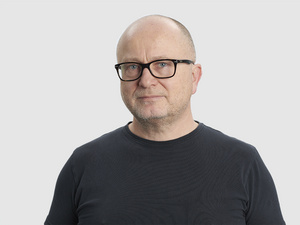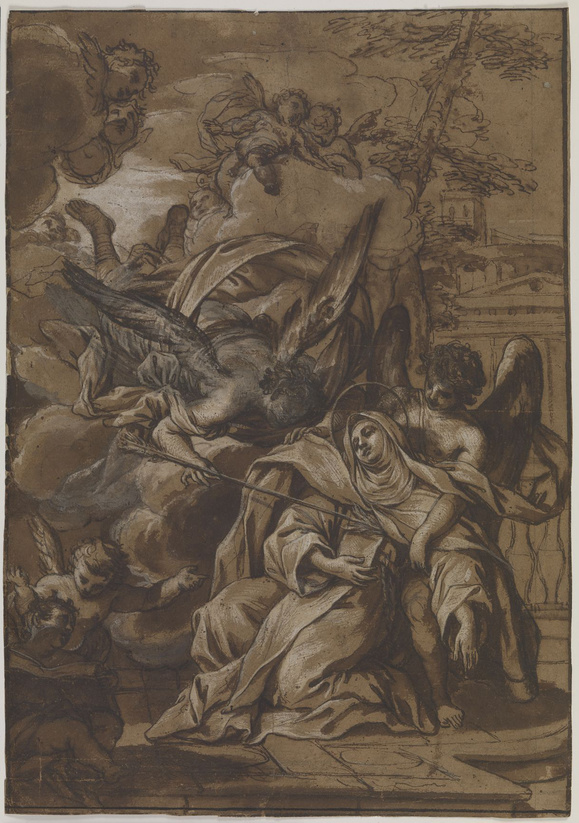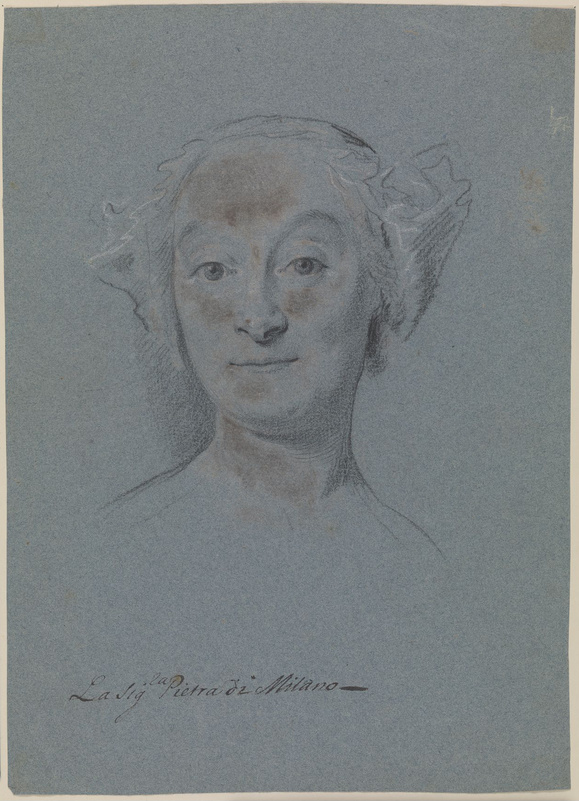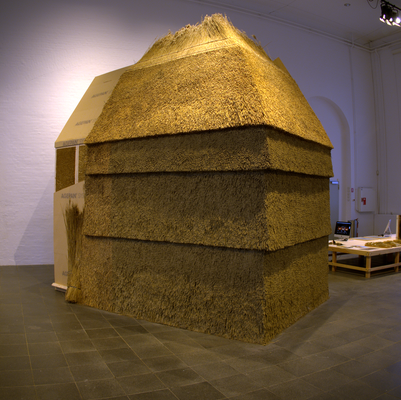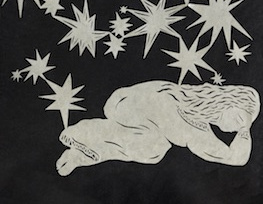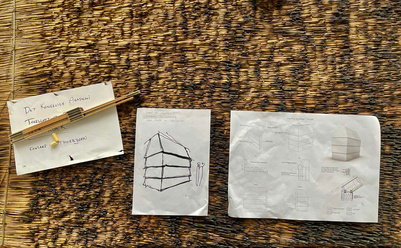Research reveals: Sulfur decomposes irreplaceable art
Researchers from the Royal Danish Academy of Fine Arts, School of Conservation, the Danish National Gallery and the Royal Library have made the shocking discovery of extensive sulphur damage to graphic artworks. The damage occurred over the past 10-20 years, probably following the introduction of catalytic converters in cars.
Normal 0 21 false false false DA JA X-NONE /* Style Definitions */ table.MsoNormalTable {mso-style-name:"Tabel - Normal"; mso-tstyle-rowband-size:0; mso-tstyle-colband-size:0; mso-style-noshow:yes; mso-style-priority:99; mso-style-parent:""; mso-padding-alt:0cm 5.4pt 0cm 5.4pt; mso-para-margin-top:0cm; mso-para-margin-right:0cm; mso-para-margin-bottom:8.0pt; mso-para-margin-left:0cm; line-height:107%; mso-pagination:widow-orphan; font-size:11.0pt; font-family:"Calibri",sans-serif; mso-ascii-font-family:Calibri; mso-ascii-theme-font:minor-latin; mso-hansi-font-family:Calibri; mso-hansi-theme-font:minor-latin; mso-fareast-language:EN-US;}
Researchers from the Royal Danish Academy of Fine Arts, School of Conservation, the Danish National Gallery and the Royal Library have revealed that excessive amounts of sulphur can change white pigment to brown and black in graphic artworks. This revelation was part of the research project, ‘A Black Future’, one of the first joint investigations of the problem in Denmark and abroad.
From white angel to black avenger
The researchers studied works from the Danish National Gallery’s probably most distinguished collection, the Copperplate Engraving Collection, which contains 6,000 works on paper and parchment, and photographs, which have suffered varying degrees of sulphur damage.
One example is La Signoria Pietra di Milano by the 18th-century German-Danish artist, Carl Marcus Tuscher, which has incurred some black stains on the forehead, cheeks, chin and neck.
Another is Antonio Nasini’s The Ecstasy of Saint Theresa from the 17th century, where a gleaming white angel messenger has become a black avenger.
A shock for European museums
Morten Ryhl-Svendsen, Associate Professor at the School of Conservation, says: “We knew the phenomenon from painting conservation, but on a very small scale. But the National Gallery of Denmark is shocked that so many of their graphic works have been affected. The chemistry is not surprising, but the extent is worrying. It is not only the National Gallery of Denmark that is experiencing damage. The Royal Library, which was part of the project, has the same problems. We also hear the same, when we speak with our colleagues from other European museums.”
Petrol and sulphur are destroying art
Morten Ryhl-Svendsen’s role in the project was to measure air pollution and recreate the destructive process in the laboratory to better understand what goes on to make the white pigments in the graphic works black.
Sulphurous gases from catalytic converters in petrol-run cars are probably a major reason for the increased concentration of sulphur in cities today. The gases are not considered to be particularly harmful to humans, so have not been subject to special attention. Another factor is the sulphurous residues in the boxes, in which the graphics have been stored for years.
A black future?
The research project, ‘A Black Future’ will come to a conclusion on 1 May 2016. If the researchers succeed in identifying where the problem originates from, Morten Ryhl-Svendsen expects to come up with some specific proposals for how museums can avoid the harmful effects in the future.
He says, “The next step will be to initiate a research project on how to preserve those works that have suffered minor damage, and to develop a technique. Because, aesthetically, the works are not in a good enough state to be exhibited.”
The research project is supported by the Research Fund of the Ministry of Culture Denmark and conducted under the auspices of the research coalition, CATS (Centre for Art Technological Studies and Conservation) at the National Gallery of Denmark.


